What Is Paleo Diet? Foods List, Diet Chart, And Benefits
Discover the paleo path and nourish yourself with the right foods for optimal health
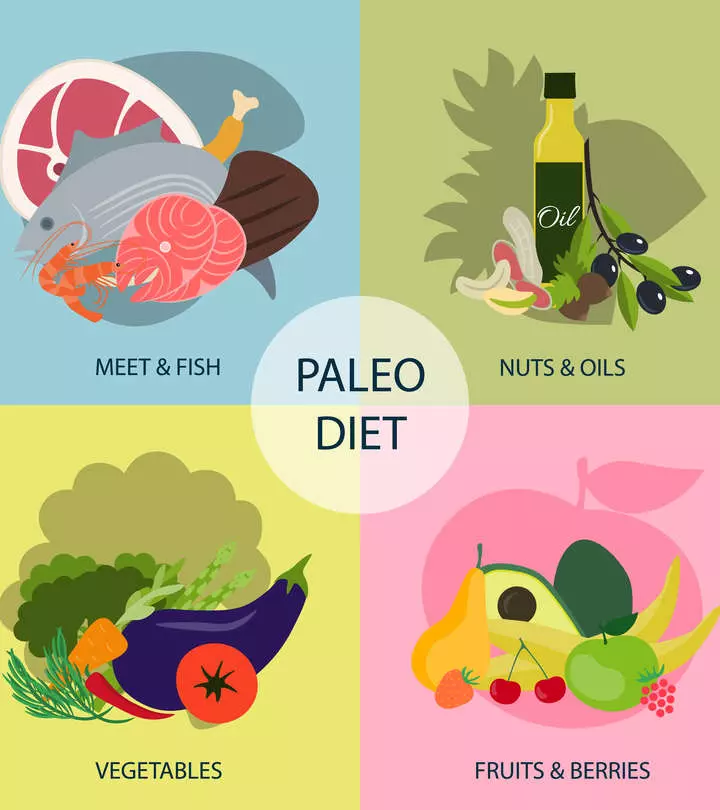
Image: Shutterstock
The Paleo diet is a popular nutritional strategy for weight loss and improving health. Following the eating habits of our ancestors in the Paleolithic era is highly beneficial. Today, some of the foods that some of us habitually consume have very low nutritional value. The packaged convenience foods that a lot of people rely on are high in salt and sugar. The statistics show that millions of children and adults are overweight and obese! Being overweight or obese is linked to many health issues, like metabolic syndrome, diabetes, and poor mental health. By changing your eating habits with the Paleo diet approach, you can shed fat and improve your overall well-being. Here’s everything you need to know about the Paleo diet – its benefits, foods to eat, and a diet chart. Read on!
In This Article
What Is Paleo Diet: Expert’s Viewpoint
“The central premise of the paleo diet is to consume foods that early humans (during the paleolithic era) ate”, says Mary Wirtz, MS, RDN, CSSD. She adds, “the paleo diet is composed mainly of unprocessed or minimally processed foods and cuts out hyper-processed foods high in sodium and added sugars.”
A study conducted on 1005 Americans found that 12% followed a plant-based diet, 9% followed a gluten-free diet, 7% followed a ketogenic diet, 5% followed the Mediterranean diet, and only 3% followed the paleolithic diet.
 Did you know?
Did you know?With this diet, you will revert to consuming foods our Paleolithic ancestors ate. This is why the Paleolithic diet is also known as the ‘caveman diet’ or ‘Stone Age diet.’ So, how does this primitive diet work in this modern-day and age? Find out below.
Key Takeaways
- The paleo diet is based on the diet of paleolithic people.
- It primarily comprises minimally processed foods and restricts foods high in sodium and added sugars.
- The recommended food groups in the diet are fruits, vegetables, seeds and nuts, protein, and oils.
- This diet may lead to weight loss, improve insulin sensitivity and reduce the risk of chronic diseases.
How Paleo Diet Works
Replacing all unhealthy processed foods with whole foods with high nutritional value is the main reason for the Paleo diet’s success. Packaged and processed foods are high in calories, trans fats, salt, or sugar. By eliminating the amount of junk foods consumed, we can reduce the calorie and harmful chemical intake, creating the ideal situation for weight loss, detoxification, and preventing obesity-related diseases and issues.
To start the Paleo diet, replace all packaged food in your pantry with Paleo-friendly whole foods. What are they? Scroll down to get the list.
Paleo Diet Foods To Eat
Mary Wirtz says, “The recommended food groups in the paleo diet are fruits, vegetables, seeds and nuts, protein (derived from the highest grass-fed animals, pasture raised poultry and eggs, wild game including elk and bison, and wild caught fish), and organic oils. Foods that do not fall in these categories are not recommended while following the paleo diet pattern.”
In other words, low-sodium, low-salt, and unprocessed foods are the main focus of the Paleolithic diet. With that in mind, here’s a complete Paleo foods list to make your grocery shopping convenient. Take a screenshot or Pin it.
| Paleo Diet Foods List | |
|---|---|
| Vegetables | Broccoli, carrot, beetroot, kale, spinach, cauliflower, and cabbage. |
Tubers | Potato, sweet potato, taro, yam, and cassava. |
| Fruits | Apples, bananas, strawberries, blueberries, oranges, and pears. |
| Meat | Lean meat like chicken and red meats like beef, pork, lamb, and turkey. |
| Seafood | Wild-caught salmon, carp, tuna, haddock, basa, shrimp, mussel, clam, and calamari. |
| Eggs | Free-range eggs or omega-3 enriched eggs. |
| Nuts And Seeds | Almond, pecan, peanut, walnut, pepita, flax seeds, and sunflower seeds. |
| Healthy Fats And Oils | Olive oil, avocado oil, rice bran oil, sunflower butter, and almond butter. |
| Herbs And Spices | Ginger, garlic, chili, thyme, dill, fennel, rosemary, cilantro, sea salt, black salt, pepper, cumin, and coriander. |
Now that you have the foods list, let’s see what a typical Paleo diet day can look like. Here’s a sample Paleo diet chart to help you understand how to design your everyday diet.
Sample Paleo Diet Chart
| Morning (7:00 a.m.) | 2 teaspoons of cumin soaked in 1 cup of water overnight |
| Breakfast (8:15 a.m.) | 4 almonds + 1 egg + a cup of mixed berries Or 1 tall glass of smoothie with ground sunflower seeds Or Spinach/Tuna omelet |
| Snack (10:15 a.m.) | 1 apple or orange |
| Lunch (12:30 p.m.) | Shrimp and kale salad with sweet potatoes Or Mashed sweet potato with pan-seared pork |
| Snack (3:45 p.m.) | 10 in-shell pistachios + 1 apple/kiwi |
| Dinner (7:00 p.m.) | 3 oz grilled beef with blacked broccoli, spinach, and pickled cabbage. Or 3 oz baked basa with spicy cauliflower, carrot, and green beans. |
You can customize this diet chart to suit your food habits. This diet will not let you starve. Remember to stay hydrated and do not skip your meals. Practice portion control, and you will see amazing results.
However, you can also easily slip back into your old food habits. To ensure that you don’t, take a quick glance at the foods you should avoid at all costs.
Foods To Avoid In Paleo Diet
- Grains And Flours: Wheat, barley, sorghum, and rye.
- Lentils And Beans: Split peas, yellow peas, green peas, kidney beans, garbanzo beans, and black-eyed peas.
- Processed Foods: Salami, sausage, hot dogs, burgers, ready-to-eat canned meals, cup noodles, instant noodles, instant coffee, tea, and iced tea, frozen foods, and meal replacements.
- Sugary Foods: Packaged fruit juices, carbonated drinks, candies, milk chocolates, white chocolate, pastry, cake, ice cream, artificial sweeteners, and churros.
- Vegetable Oils: Sunflower, safflower, and corn oils.
- Trans Fats: Potato chips, cheese puffs, fried chicken, and margarine.
Avoiding these processed foods can help reduce the risk of weight gain, obesity, and related diseases. Here’s a list of health benefits of the Paleo diet. Take a look.
Health Benefits Of Paleo Diet
- Helps Reduce Calorie Intake: Paleo diet does not permit consuming sugary, high-calorie foods, preventing excess calorie intake and fat gain.
- Helps Reduce Weight: Consuming healthy foods that include vegetables, fruits, protein, healthy fats and oils, and herbs and spices reduces hunger pangs. As a result, you consume fewer calories and prevent weight gain.
- Beneficial For People With Type 2 Diabetes: A study found that short-term consumption of the Paleo diet reduced blood glucose and improved lipid profiles of people with type 2 diabetes.
- Reduces The Risk Of Chronic Diseases: The Paleo diet lowers the risk of developing obesity-related diseases like heart diseases and hypertension.
- Improves Lipid Profile And Insulin Sensitivity: Both are important for maintaining normal body functions and preventing chronic diseases. A study involving overweight postmenopausal women showed that the Paleo diet helped improve lipid profile (abnormalities in lipids like cholesterol and triglycerides), decreased lipogenesis (formation of fatty acids and triglycerides), and increased insulin sensitivity.
- Decreases Oxidative Stress And Risk Of Cancer: Research shows that people consuming Paleo-friendly foods have reduced levels of free radicals and are at a lower risk of various types of cancers.
- Helps Manage IBD: Inflammatory bowel disease (IBD) is painful and can affect the quality of life. Since the Paleo diet does not contain grains and lentils, which are tough to digest, it may also help manage IBD.
Jenn, a blogger, shared her experience with the paleo diet. She followed the paleo diet for nine months and observed noticeable changes in her body and health as a result. She stated, “I am happy with my progress. My borderline HBP has become normal blood pressure, my stomach less bloated and my swelling episodes reduce in intensity and frequency, all these, without medication (i).”
The Paleo diet is not merely a weight loss diet. It helps people change poor food habits and lead healthier, disease-free life. Weight loss is just an added advantage of the diet. The following section shows how the Paleo diet may promote belly fat loss. Take a look.
Paleo Diet Before And After Results
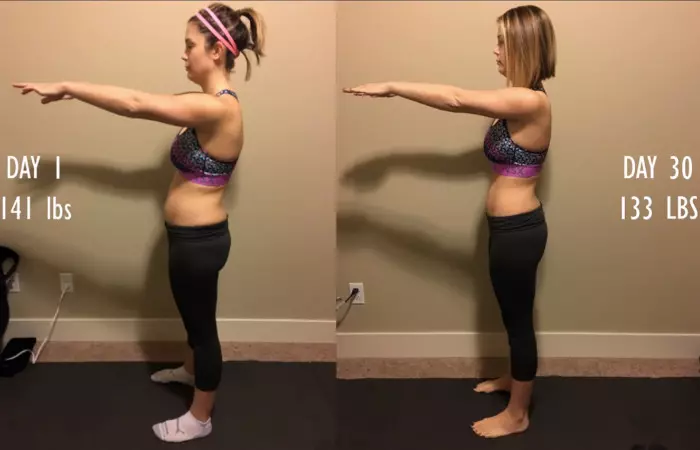
It is clear from the image that this 30-day Paleo dieter has lost belly fat and abdominal fat, which is the most dangerous, irrespective of your weight or body fat percent, and is associated with a higher probability of heart disease and diabetes. Thus, it is always a great step forward to lose belly fat (and overall body fat) to keep chronic diseases at arm’s length.
 Quick tip
Quick tipHowever, before you start the Paleo diet, take a look at the pros and cons of this diet. Scroll down.
Paleo Diet Pros And Cons
| Pros | Cons |
| Helps reduce weight | Not for long-term weight loss goals |
| Allows consuming animal proteins | Not suitable for vegetarians and vegans |
| Helps prevent the risk of chronic diseases and conditions. | May cause nutrient deficiency due to lack of grains, lentils, and beans and affect gut health. |
The Paleo Diet often sparks debate, giving rise to a host of misconceptions. Let us clear the air on some of the most common misunderstandings and shed light on the facts behind this way of eating.
Common Misconceptions About The Paleo Diet
Here are some of the common misconceptions
- It Is All About The Meat
One of the biggest myths is that Paleo means loading your plate with meat and little else. The truth? Fruits and vegetables form a large part of the diet, contributing essential vitamins, minerals, and fiber.
- Just Another Fad
Some dismiss the Paleo Diet as a passing trend, but it is rooted in science and focuses on eating foods our bodies are biologically adapted to. It is not about quick fixes but fostering long-term health and vitality.
- It Costs A Fortune
Affordable options like frozen vegetables, organ meats, and seasonal produce make this diet accessible on any budget.
- No Calcium Without Dairy
Many worry about cutting out milk, assuming their calcium intake will suffer. However, leafy greens and other vegetables offer a surprising amount of calcium, while also promoting better calcium balance in the body.
- Carbs Are the Enemy
Carbs often get a bad rep, but Paleo is not about eliminating them entirely. Instead, it is about choosing nutrient-rich, complex carbohydrates like sweet potatoes and squash over refined grains and sugars.
To find out the main difference between the paleo diet and keto diet, check out the next section.
Paleo Diet Vs. Keto Diet
The Paleo (or Paleolithic) and Keto (or Ketogenic) diets share similarities but differ in their core principles.
The Paleo diet emphasizes whole foods similar to what our ancestors ate, focusing on lean meat, vegetables, fruits, nuts, and seeds while excluding grains, legumes, dairy, and processed foods. It aims to promote better health and reduce inflammation.
Conversely, the Keto diet consists of high fat, moderate protein, and very low carb. It aims to induce a metabolic state called ketosis, where the body burns fat for fuel instead of carbohydrates. It strictly limits carb intake, encouraging foods such as meats, fish, eggs, healthy fats, and non-starchy vegetables while minimizing fruits and high-carb foods.
Both diets may offer health benefits and lead to weight loss, but Keto emphasizes specific macronutrient ratios for inducing ketosis, while Paleo focuses on whole, unprocessed foods.
To Sum Up
The Paleo diet majorly consists of unprocessed foods and replaces all highly processed foods with whole foods. Vegetables, fruits, nuts, seeds, protein, and organic oils are majorly included in the Paleo diet. Processed foods, rye, barley, wheat, sugary foods, trans fats, vegetable oils, black-eyed peas, split peas, and green peas should be avoided in this diet. The Paleo diet can aid weight loss, reduce blood glucose levels, improve insulin sensitivity, and cut down the risk of chronic diseases. Following this diet under medical guidance improves your overall health.
Frequently Asked Questions
Is rice allowed on paleo?
Ideally, rice does not make part of a paleo diet as it is a grain. However, since rice is a staple in many places, many paleo dieters include white rice in small quantities in their diet.
Is bacon allowed on Paleo?
No. Bacon is processed meat, and all processed food is off the table in a paleo diet. However, due to the popularity of the paleo diet, some varieties of bacon are made without nitrates, fillers, or added preservatives, salts, and sugar, which are popular among paleo dieters.
Is Greek yogurt Paleo-friendly?
No. Dairy products are not allowed in a paleo diet.
Which is better – paleo or keto diet?
To understand the nuances of paleo diet vs keto diets, you have to understand what the basics of these diets look like. The paleo diet permits a wider variety of protein and nutrient-rich food categories, including fruits, vegetables, and lean meats. In contrast, the keto diet is highly restrictive, focusing primarily on high-fat, low-carb intake. Paleo is often considered better and more natural, whereas, keto can be inconvenient for long-term sustainability.
Is oatmeal paleo-friendly?
No. Oats are produced from the Avena sativa plant, which is a cereal grain. Therefore, oatmeal is not paleo-friendly.
What alcohol can you drink on paleo?
Tequila, hard ciders, gin, wine, and vodkas distilled from potatoes can be taken when following a paleo diet. Any drinks that rely on grains and sugars are to be avoided.
Watch this informative video to learn more about the paleo diet. Learn about the principles, food groups to include, and the potential health benefits of this dietary habit. click on the play button now!
Personal Experience: Source
StyleCraze's articles are interwoven with authentic personal narratives that provide depth and resonance to our content. Below are the sources of the personal accounts referenced in this article.
(i) MY PALEO JOURNEYhttps://mylilbookworm.blogspot.com/2015/10/my-paleo-journey.html
References
Articles on StyleCraze are backed by verified information from peer-reviewed and academic research papers, reputed organizations, research institutions, and medical associations to ensure accuracy and relevance. Read our editorial policy to learn more.
- Obesity and overweight
https://www.who.int/news-room/fact-sheets/detail/obesity-and-overweight - Health impacts of Obesity
https://www.ncbi.nlm.nih.gov/pmc/articles/PMC4386197/ - Obesity and anxiety symptoms: a systematic review and meta-analysis
https://link.springer.com/article/10.1007/s40211-019-0302-9#citeas - Metabolic and physiologic effects from consuming a hunter-gatherer (Paleolithic)-type diet in type 2 diabetes
https://idp.nature.com/authorize?response_type=cookie&client_id=grover&redirect_uri=https%3A%2F%2Fwww.nature.com%2Farticles%2Fejcn201539#citeas - Paleolithic Diet
https://www.ncbi.nlm.nih.gov/books/NBK482457/ - The epidemiology of central fat distribution in relation to disease.”
https://pubmed.ncbi.nlm.nih.gov/15387477/ - Long-term Paleolithic diet is associated with lower resistant starch intake different gut microbiota composition and increased serum TMAO concentrations.
https://link.springer.com/article/10.1007/s00394-019-02036-y#citeas
Read full bio of Ella Davar
Read full bio of Ravi Teja Tadimalla
Read full bio of Payal Karnik






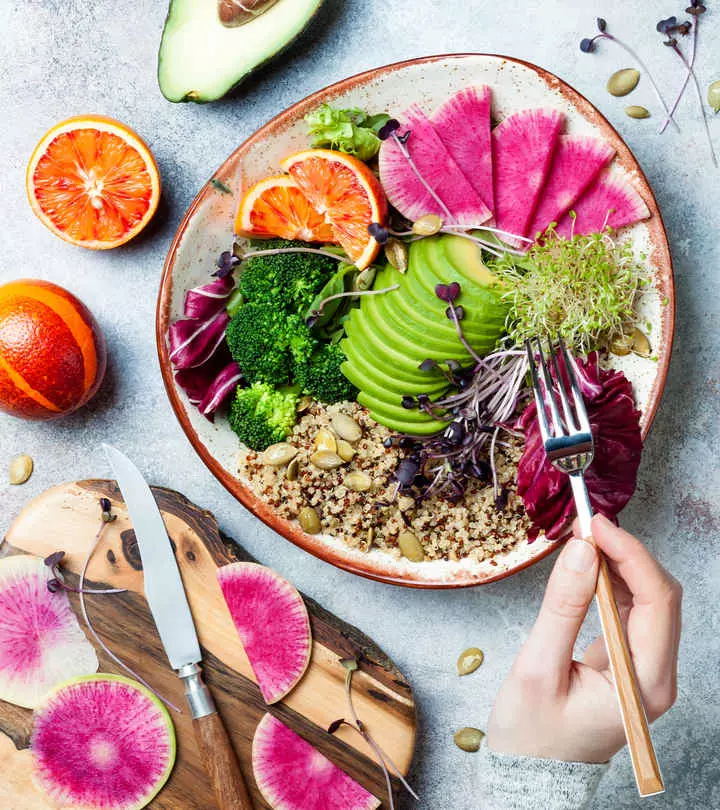

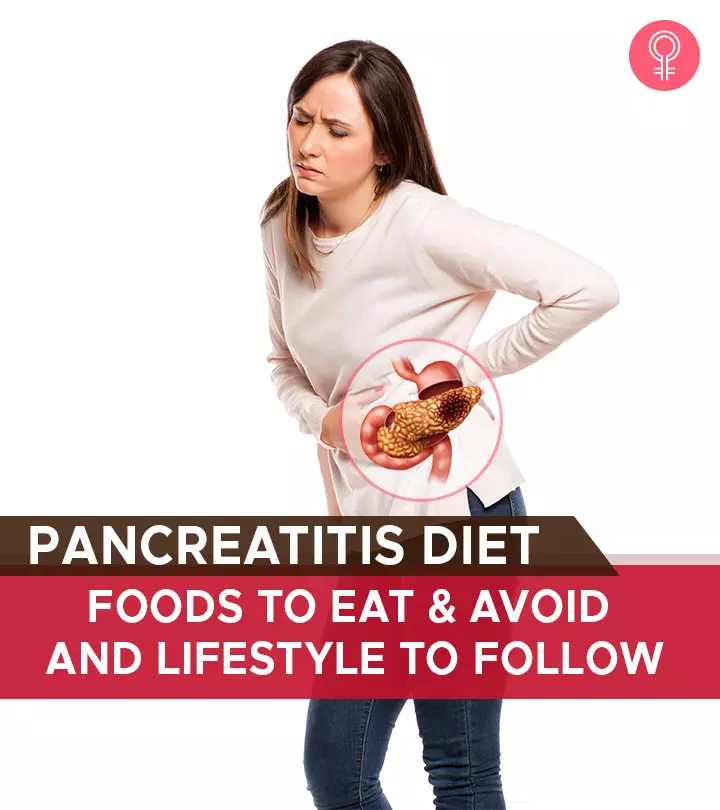
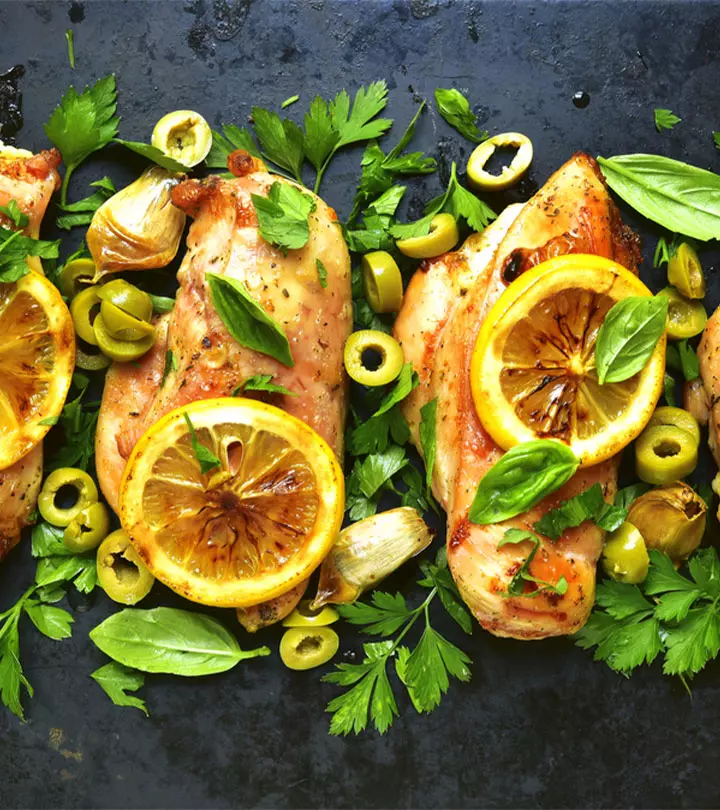
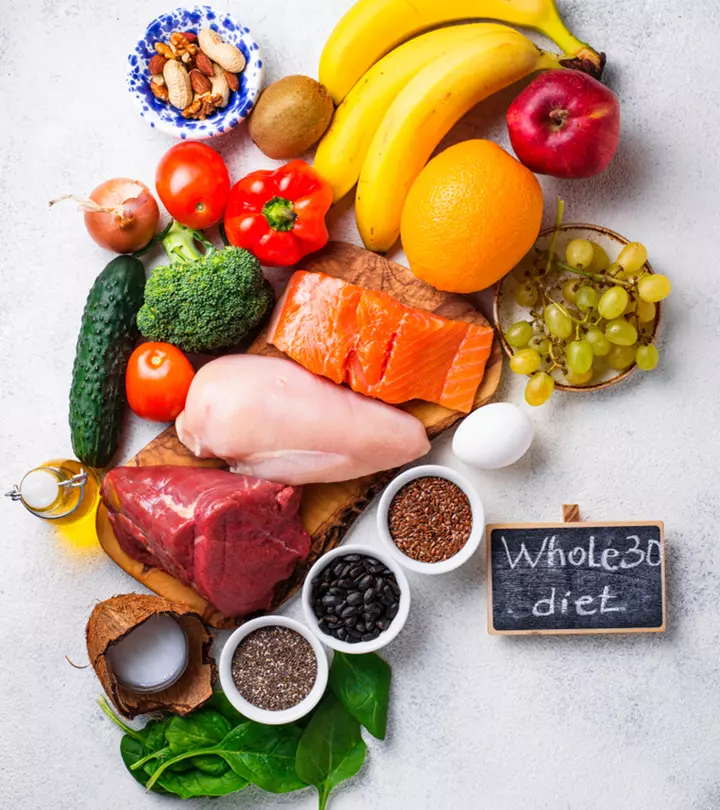
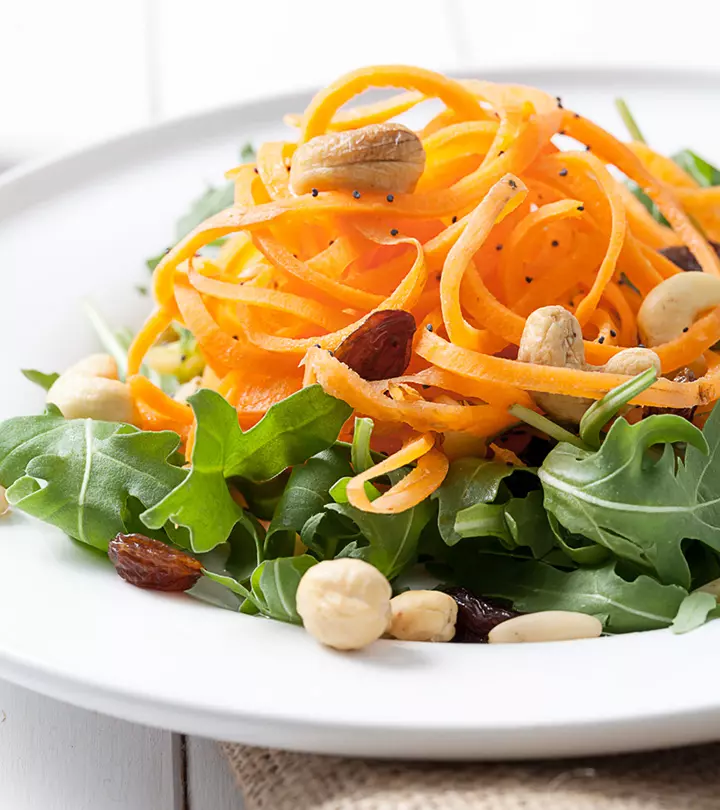

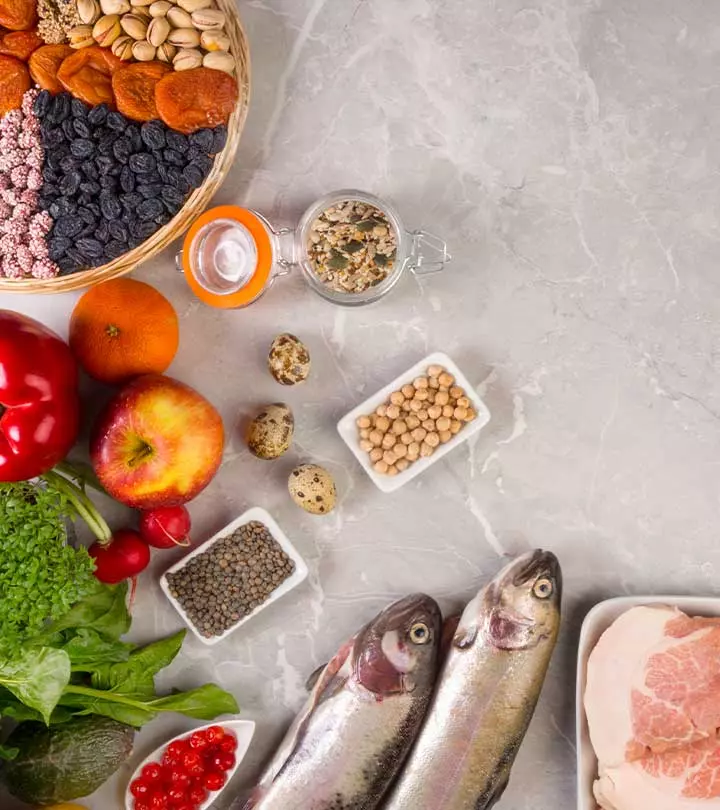
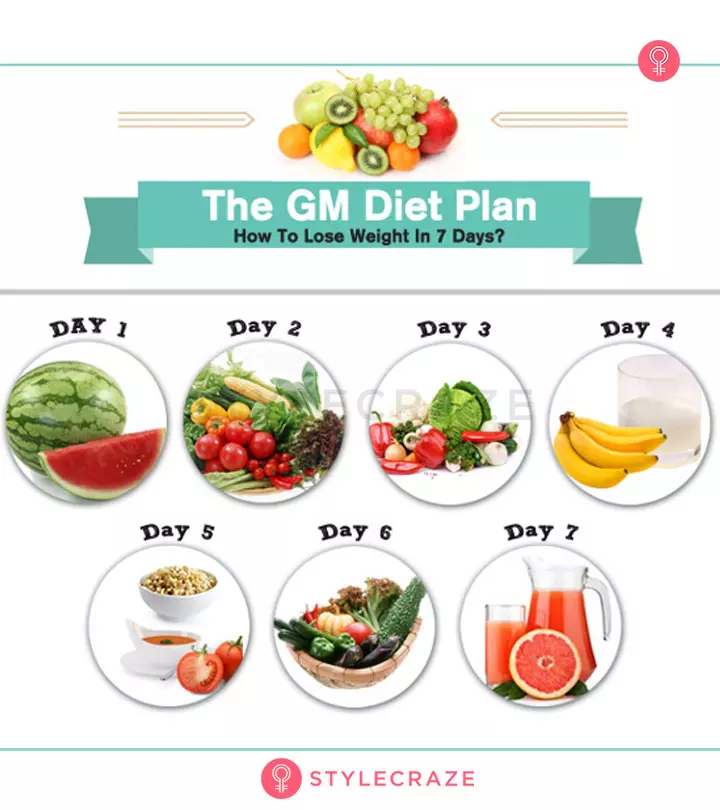

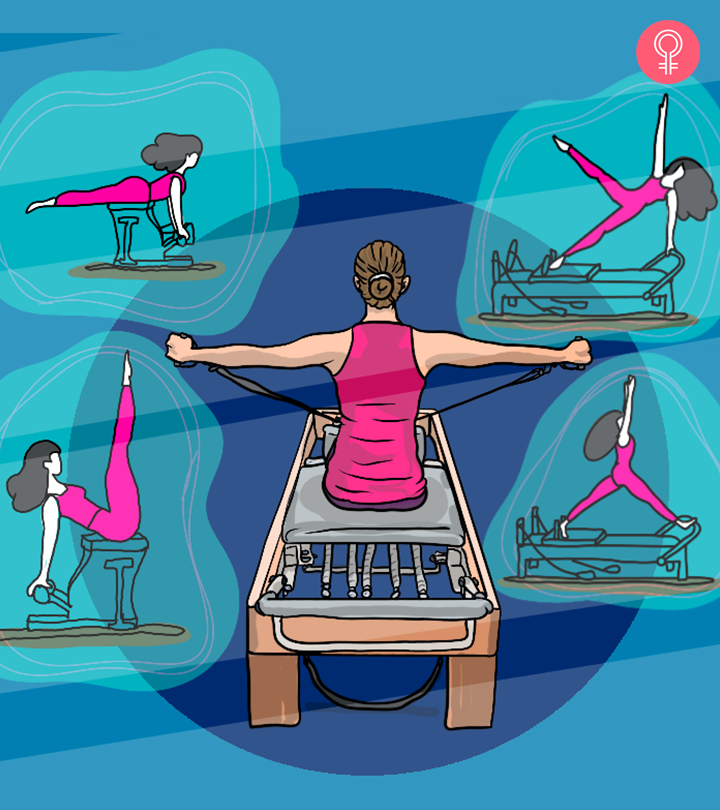

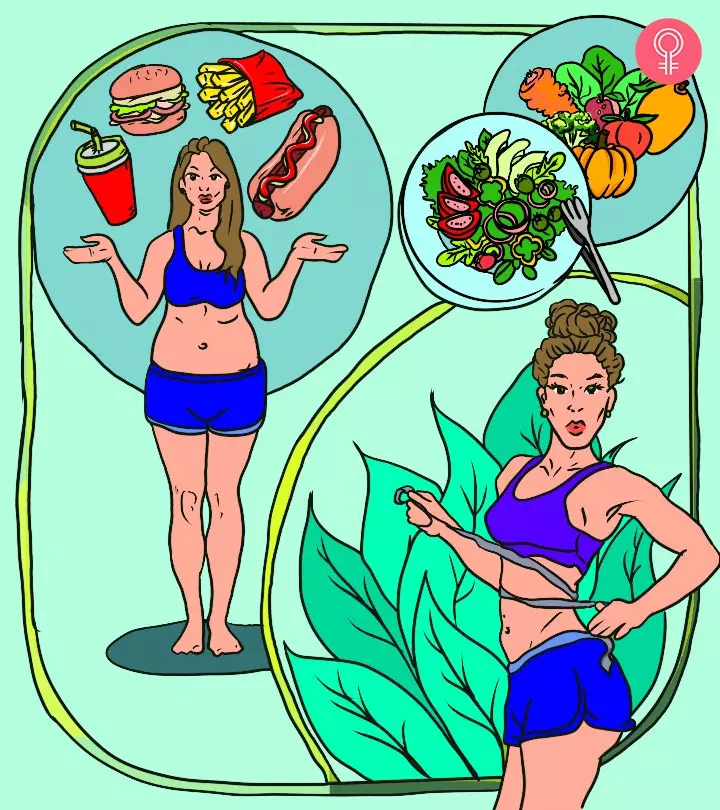



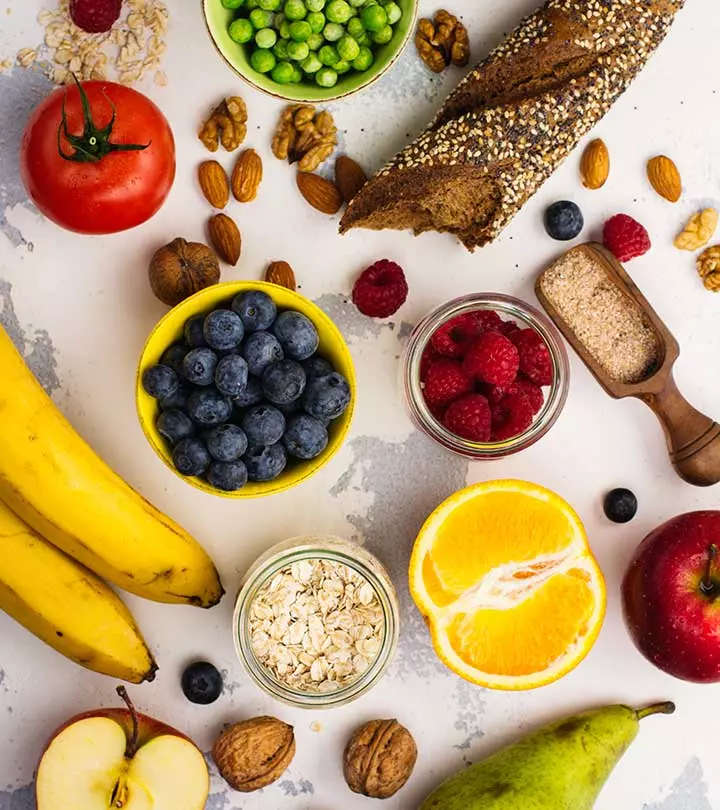



Community Experiences
Join the conversation and become a part of our empowering community! Share your stories, experiences, and insights to connect with other beauty, lifestyle, and health enthusiasts.